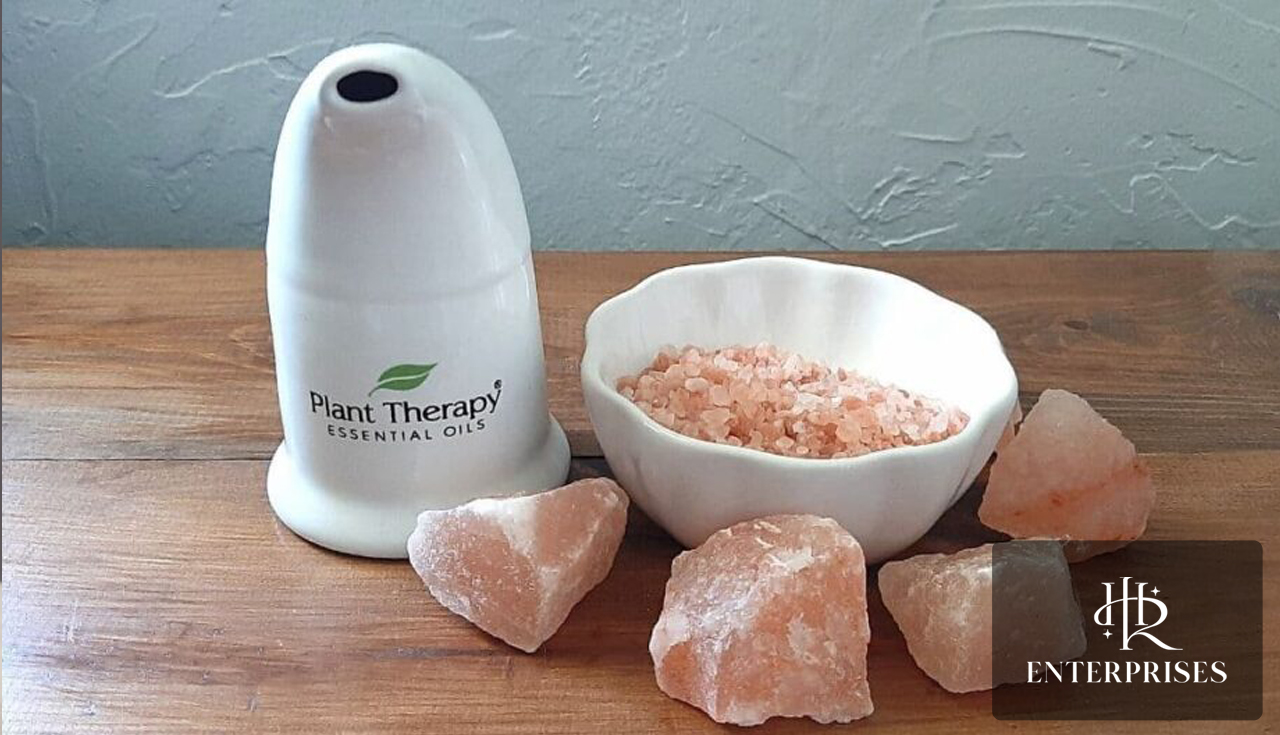Inhale Wellness: The Therapeutic Powers Of Himalayan Salt Inhaler
An apparatus used for halotherapy or Himalayan Salt Therapy is a Himalayan Salt Inhaler. The natural Himalayan salt crystals that are housed within the inhaler are inhaled during this therapy. In this article, we will examine the scientific basis behind the claims and explore the potential powers of therapeutic devices. If you need any information about Himalayan Pink Salt, Please contact HR Enterprises. For a thorough explanation, see this.
Design and Composition
Generally speaking, the inhaler is a little, portable piece of plastic or ceramic material. Pure Himalayan salt, known for its high mineral richness and purity, is chunked into it. Although the main ingredient in this Himalayan salt is sodium chloride, it also includes trace amounts of calcium, magnesium, and potassium which contribute to its health benefits.
The Himalayan Salt’s Origin
The Himalayan mountain range’s old sea beds are the source of the distinctive pink hue that is known as Himalayan salt. It has been utilized historically for several things, including conventional medicine. Many elements included in the salt, such as calcium, magnesium, and potassium, are thought to be part of its health advantages.
The Science Behind Himalayan Salt Inhaler
The moisture in the air causes the salt crystals’ surface to release microscopic salt particles when you breathe in via the mouthpiece of the salt inhaler. The respiratory system then receives this salt-infused air. Salt therapy is also known as Halotherapy which has been practiced since the 18th century. The alleged respiratory benefits of Himalayan salt inhalers have drawn interest from alternative medicine circles. This article investigates the devices’ possible therapeutic uses as well as the scientific underpinnings of these assertions.
Respiratory Health and Salt Therapy
Mixed findings have been found in studies examining the impact of halotherapy on respiratory diseases such as asthma and chronic obstructive pulmonary disease (COPD). According to a review published in the “New England Journal of Medicine” in 2006, salt therapy is not always beneficial and shouldn’t take the place of conventional medical therapies, even though it can help some people’s respiratory function.
The Comprehensive Method
Himalayan salt inhalers are frequently suggested in holistic medicine as an adjunct to traditional therapies. They are thought to improve general lung function, remove mucus, and improve the respiratory system.
Medical Advice and Anecdotal Data
Although some medical experts support the use of salt inhalers for moderate respiratory pain, it is challenging to offer a firm recommendation for them due to the absence of thorough clinical trials. Anecdotal evidence from users points to benefits, however medical advice should not be replaced by these firsthand accounts.
Safety and Precautions
For the most part, consumers regard salt inhalers to be harmless. Before using, though, people with specific medical conditions—like hypertension or hypernatremia—should speak with a healthcare professional. Respiratory problems, such as bronchospasm or increased coughing, can result from misuse or overuse.
Using Himalayan Salt Inhalers Practically
It is advised to inhale deeply via the salt inhaler’s mouthpiece and exhale through the nose for roughly 15 to 20 second
Daily. Including cleaning and salt replacement, is important for effectiveness and hygiene.
Prospects for Future Study and Analysis
It is anticipated that further research will shed additional light on the effectiveness of Himalayan salt inhalers. The growing interest in complementary and natural therapies may result in more thorough scientific research in this area.
Conclusion
Himalayan Salt Inhalers are an interesting example of how traditional methods and contemporary wellness may coexist. Even while early research is encouraging, more investigations are required to completely grasp their medicinal potential. If someone is interested in using these devices, they should speak with medical specialists and use them as part of a larger health plan.

